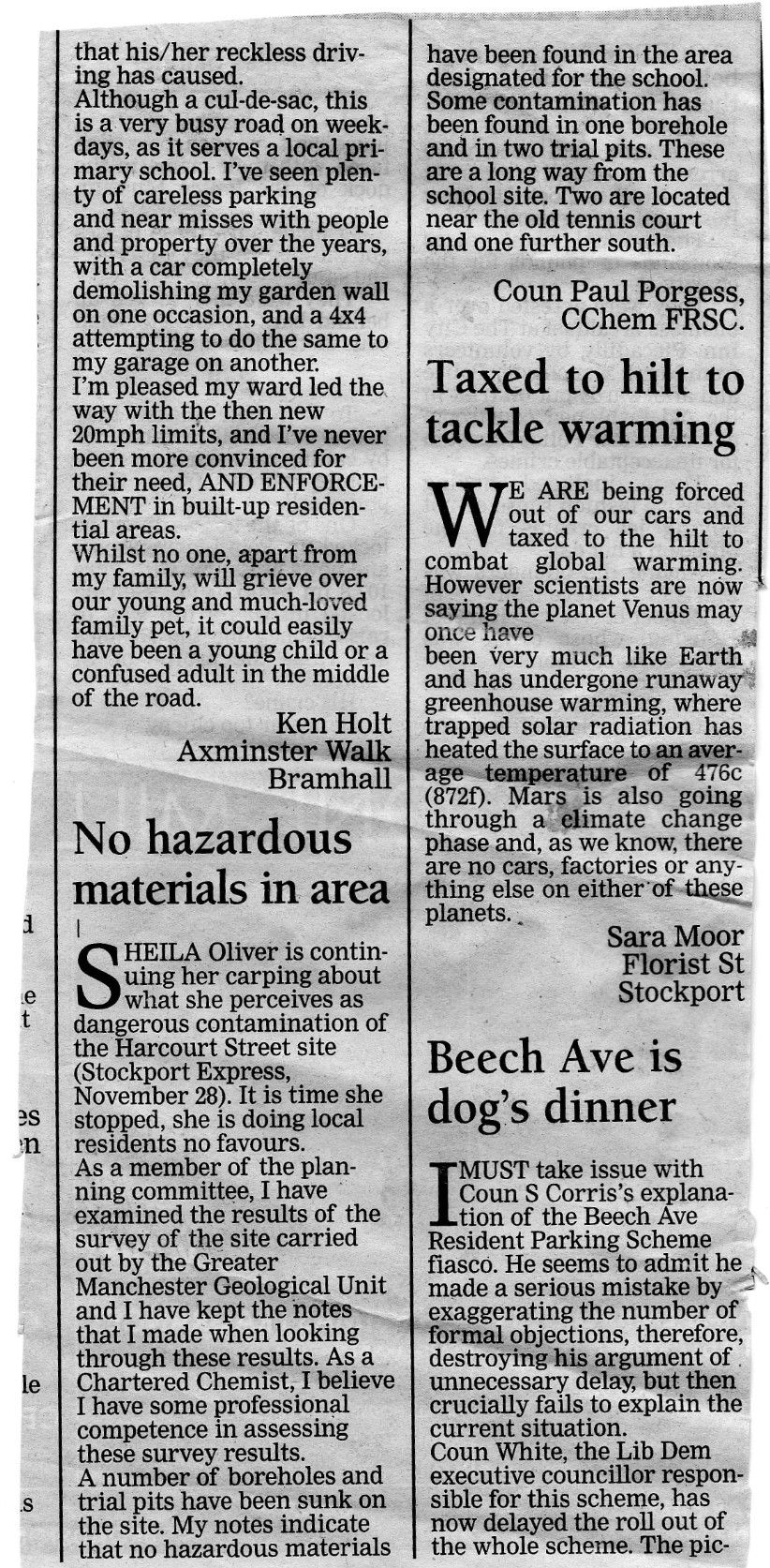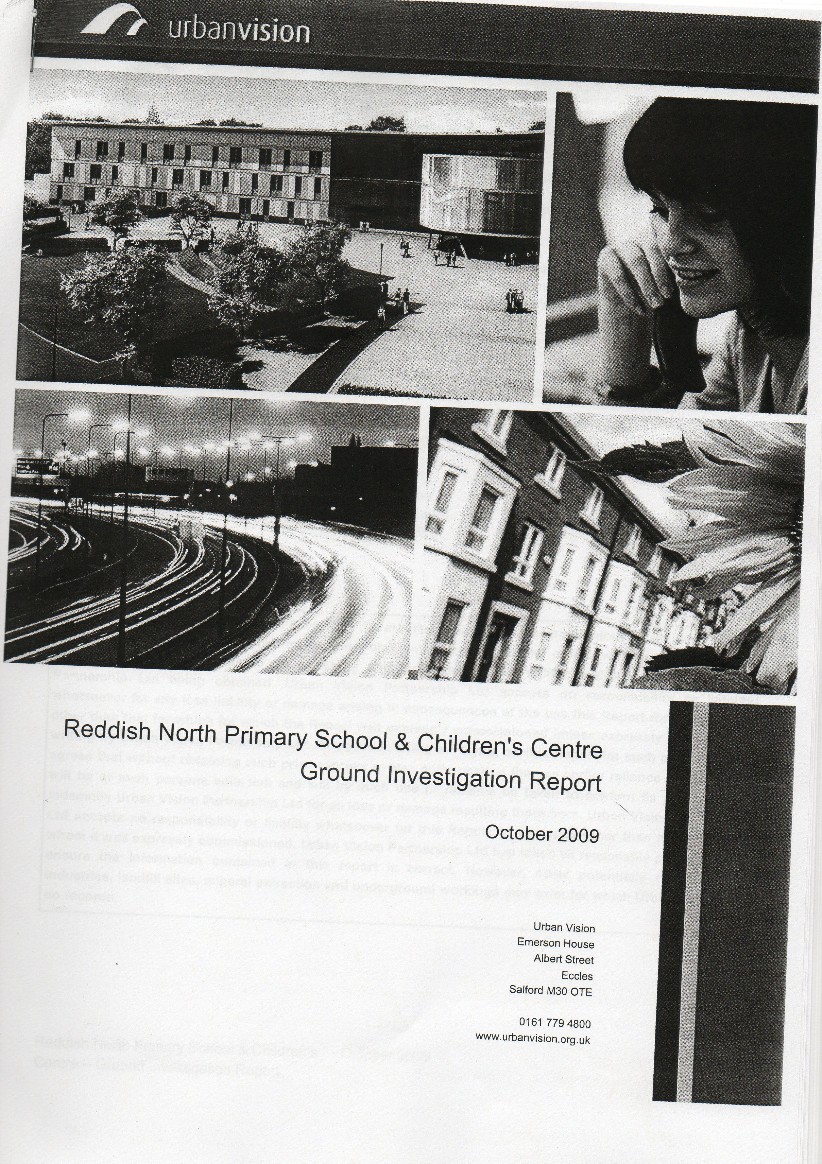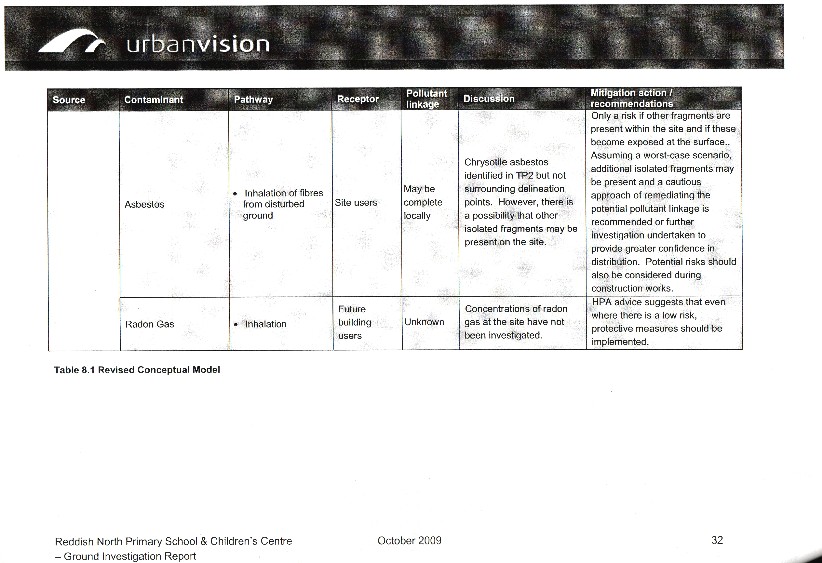Sheila Oliver's Campaigning Website
Main menu
- Home Page
- Contact me
- Dedication
- Culprits of multi £m fraud
-
Dodgy LibDems
- Why no public Inquiry?
- Why LibDem Stunell shouldn't get a peerage
- Rise in cost £5.5m to £7.5m in 2 months
- Cost rise from £5.5 to £10m over 2 pages
- 5 months later cost is £8.2m
- Donna Sager was telling me everything was fine; it wasn't
- Cost now £10m
- £5.5 to £10m
- Obvious concern over funding
- £6.9m to come from sale of redundant school land; oops, no it isn't
- Goddard covering up
- Missing £201,750?
- Another £5m anomaly
- Cheaper, larger school in 2014
- Goddard's lies
- Rising school costs
- Shortfall gone - how?
- Still paying architects - why?
- Anti-fraud policy (ha ha)
- Concealing Contamination
- Hiding contamination
- Trying not to investigate
- 50% toxic hotspots
- Who trousered the £200k?
- Lying about having complied with BS10175
- £10m school too small
- Covering up LibDem fraud
- Cancel meeting to go electioneering
- "Ragbag" local paper
- Goddard breaches Data Protection Act
- 1st stage road consultation
- 2nd stage road consultation costs
- Failure to oversee costs another £5m
- Windlehurst Park
- No assault with a sneeze and they all knew that
- GM Police & Crime Commissioner
- CPS Manchester
- Begging to have tag removed for Christmas Day
- Court refund/cheque
- Can't even cross town for a medical appointment
- Lord Goddard stops him protesting
- Punished, even though innocent
- Arrested 2/12/08 for assault
- Tagged but innocent
- Still under house arrest November 2009
- Still on bail Jan 2010
- Snowpatrol and Mr Parnell
- Police interview ref 1052176
- Arrested for using the town hall loo
- Chief Constable Fahy
- Custodies, arrests, imprisonment
- Mr Parnell's simple problems
- Police refusal to disclose
- Begging Stockport Council for help
- Suicide attempt
- My attempts to stop them
- Police involvement
- John Derbyshire, CPS
- G4S involvement
- Why did no-one stop this lunacy?
- Dodgy LibDems 2
- STOCKPORT
-
Mr Parnell RIP
- Town Hall Protester
- Town Hall Protester Council Tax
- Mr Parnell's fear of violence
- Council taxpayer sworn at by council employee
- If I beat you up
- Arrested for trying to report a Data Protection Offence
- Kick football supporters heads in
- SMBC CCTV evidence
- You piece of sh*t
- Security guard slaps manager
-
Toxic Waste Dump School
- Andrew Webb
- £multi-m planning fraud
- Anwar Majothi
- Blocking Information
- Children's Centre
- Compulsory Purchase Order of land
- Contamination
- Contamination 4
- Culprits
- Derbyshire won't answer
- Coach Park, Cheadle Hulme on Green Belt - Why?
- ALMO NPS
- Waste of money
- Alice Through The Broken Glass
- Anwar Majothi
- Banned council taxpayers
- Blackstone, Offerton
- Blackstone GB Building Solutions
- Bridgefield Development
- Bredbury Hall Hotel
- Bredbury Pollution and Fire incident
- Cheshire East Council
- Cobbetts
- Council SMBC
- Compromise agreements
- Councillors, bless 'em
- Councillor Kevin Dowling, SMBC
- Councillor Iain Roberts, SMBC
- Ex Councillor Dave Goddard, SMBC
- Councillor Grice, SMBC
- Councillor Mark Weldon, SMBC
- Councillor Paul Porgess
- Councillor Shan Alexander
- Councillors should be doing this
- Council Meetings
- Council Bad Practice
- Dave Goddard Consulting
- De Vere Hotels
- Disability problems compounded
- Dodd Group
- Dragonfly Environmental Ltd
- Drivas Jonas
- Fairway School
- FOIA Abuses
- FOIA campaigner
- Grand Central
- Green space already lost or under threat
- GVA Grimley
- Hantall Developments
- Jackson, Jackson & Sons
- Jackson Lloyd Ltd
- LibDem Lies and Corruption etc
- Life Leisure
- Lyme Green Scandal
- Magistrates' Court
- Market Place Regeneration
- Michael Jones Leader, Cheshire East Council
- More Tales from a Four Star Council
- Mouchel Consulting
- A6 to Manchester Airport Road
- M60 Denton to Middleton Section
- Mr Stunell and Mr Hunter LibDem MPs
- North Reddish Labour Councillors
- Offerton Precinct
- Offerton Precinct missing money
- Parents of Disabled Children
- Petersgate
- Portas Pilot Stockport
- Re-open the Woodhead Tunnel
- Residents Parking Scheme
- Sandringham Road Planning Shambles
- Save Reddish Vale
- School Places Shambles
- SK Solutions and ISSK Solutions
- Stockport Grammar Extension
- Stockport Homes
- Stuart Jackson, SMBC
- Tee Hee
- Underbank Building Collapse
- Unhappy bunnies
- Village Hotels
- Waste Solutions SK
- Woodford Development
- Windlehurst Park
- DRANSFIELD
- DEVON
- DORSET
- GENERAL
- Berwick Town Council
- Salford
- Manchester
- Docs school
- Docs school 2
- Docs school contamination
- Docs Parnell Council
- Docs Parnell Stunell
- Docs Parnell police
- Docs Trident Foams
- Docs ICO
- Docs general
- Docs council officers
- Docs LibDems
- Docs Grand Central
- Docs bypass
- Docs Norse
- Docs Offerton Precinct
- Docs St Peter's Square
- Docs Offerton in General
- Docs Woodford
- Docs Blackstone
- Docs Aquinas
- Photos
Councillor Paul Porgess
Councillor Paul Victor Kraus Porgess is a Chartered Chemist.
He said in the press, citing his professional qualifications that the Vale View Primary School site was not contaminated.
He is a fool or a rogue because it was subsequently proved to be entirely contaminated with lead, arsenic and brown asbestos.





Email received 2nd January 2008 at 18.42
Sorry at delay, I had no free time before Christmas. You could email me your information.
I have been told that you wanted to see, under the Freedom of Information Act, the notes I made when examining the details of the trial pits at Harcourt Street. These have now been sent to the Town Hall.
I do resent your last sentence, you clearly don't know me. The issue is NOT one of party interest, but of honesty.
-
Sent: 16 December 2007 22:07
To: Cllr Paul Porgess
Cc: Peter Devine
Subject: Not interested
Dear Councillor Porgess
It is interesting to note how disinterested you are in meeting me and examining the documentary evidence I have regarding the contamination at Harcourt Street. Given my experience of LibDem councillors, this is exactly what I would have expected from you.
You are paid to represent the people and not your party's interests.
Yours
Email received 3rd January 2008 at 16.49
The information you were after is on the copy of the plan of the site you requested under the Freedom of Information Act. That shows the sites of the boreholes and trial pits made by the GMGU on the site. It also shows the boundary of the school site and the remaining open land. My notes show the three sites where, in my opinion, hazardous substances were found. In most there were infill materials but these were inert, hence there are no notes at these points.
I was puzzled by the presence of benzpyrene, but you have explained that by your statement regarding coke ovens.
The laws on tipping changed in the early 1970s, previously tipping was not regulated. At the time I organised a well-
Even after the law changed unauthorised tipping still took place. A clay pit on Salvesen's land in my ward had a licence for inert land fill, but I indentified chemical substances tipped there. At the time I did report that to the council's Chief Executive. Certainly waste from Kellogs went in there, and after the tip was filled and covered, one day the generated methane caught fire and the neighbouring buildings had to be evacuated. Then came the Environmental Protection Act 1990, and the consequent circular 2/2000. Amongst its aims is the bringing back damaged land to beneficial use through redevelopment, and developing technical solutions and promoting best practice.
A further bit of information, that may show you my interest. When the planning application came in for building on the former Adswood Tip at Midland Road, Bramhall, I spent many hours looking through the analyses of the materials from boreholes there. I compared these with the guideline values for contaminants posing significant harm, many contaminants in the boreholes were greatly above the guideline values. I was an objector at the planning enquiry, but the Inspector did not agree with my argument because there are best practice building techniques that can be used on contaminated land without danger to construction personnel or future users.
If you could leave your files at the Town Hall, I would be able to look through them. I promise to return them to you after that.
-
From: sheilaoliver [mailto:sheilaoliver@ntlworld.com]
Sent: 02 January 2008 18:50
To: Cllr Paul Porgess
Subject: Re: Not interested
Dear Councillor Porgess
Thank you for your reply.
This is an issue of children's safety; for me that comes above all.
The information I have is mostly from old records. I don't have a scanner, so I am afraid I can't email you.
I was a LibDem voter of 25 years. The experience I have had of them over the past 5 years makes me distrust them. I would be delighted to find an honest LibDem councillor who was interested in the needs of local people.
I will try to give you a brief overview of what I have:
Greater Manchester Geological Unit should have done investigation pits (for which I have paid) on land at Harcourt Street which the Council doesn't actually own. They decided not to bother with those.There were no investigation pits or boreholes at all over the footprint of the building or over the football pitch. I have documentary evidence from the 1930s -
The coke ovens for the brickyards were on the site from the 1890s. I believe that these are likely to be responsible for high PABs. I understand things like arsenic in the clay used for the bricks will have gone into the atmosphere and then fallen back to earth on the site.
We have photographic evidence taken by local residents of the large number of pieces of asbestos found in one trial pit. The next day these had been removed and the Council claimed only one piece had been found.
Under BS 10175 which GMGU claims to have complied with they should have consulted the Environment Agency at the outset, which they obviously didn't and they should have carried out the investigations in a strict grid pattern, which they obviously didn't.
The Zone B site at Adswood tip was also a Jackson's Brickyard opened -
In addition there are the traffic issues highlighted in my letter to the Express today -
I think the Planning Committee should be forced to resign, with the exeption of Councillor Harding (and Councillor Bagnall).
Local people are very, very angry with this incompetent and dubious council. The cost has gone up to almost double in just one year and no-
What on Earth is going on? All local people were prevented from asking FOI questions (totally illegally) for six months until I managed to humiliate the Council at Westminster. Within hours the information began to flow. It turns out the Council was saying it would take 84 hours to remove Donna Sager's maybe four folders on this to a desk where I could read them, flicking through first to remove anything embarrassing to the Council. A criminal offence was committed by that FOI refusal.
Maybe none of the above bothers you. It scares the hell out of me.
Kind regards
Sheila
Email received 4th January 2008 at 13.33
I was interested in contamination of the site proposed for the school. The survey results did not indicate any concerns there. The site where benzpyrene was found was some distance from the school site, beyond the old tennis court and in an area of existing open space that would remain. If undisturbed it should not pose any problems. The risk to health depends on having a pathway to transmit the hazard.
I have no direct experience of the selection of the pattern of boreholes. According to the reference book I have been using the selection is pragmatic. It clearly demands a professional judgement, and I assume that GMGU possesses that. I cannot make a comparison with the Midland Rd site, I have thrown away the notes I made when I looked at the trial results. You will appreciate that the amount of paper that comes through is vast and some orderly disposal is required after all the Public Inquiry was some time ago. The Midland Rd site was not surveyed by GMGU but by another consulting company used by Persimon Homes.
-
Sent: 03 January 2008 19:18
To: Cllr Paul Porgess
Subject: Re: Not interested
Dear Councillor Porgess
An interesting reply!
Could you please explain why the number of trial pits and boreholes is so low compared to Adswood and also not on a strict grid pattern, as would be demanded by BS 10175, and your expert opinion about the fact that 50% of trial pits showed contamination hotspots would be useful.
You didn't think to question the presence of benzopyrenes further then, as I -
I look forward to hearing from you.
Sheila
Email received 7th January 2008 at 12.15
Thanks for the information on benzpyrene. I am well aware of the dangers of this substance, and have been since my undergraduate days. I then visited the Chester Beattie Institute and as a consequence I have never smoked. I am also wary of barbecues and burnt toast.
As you state the danger occurs if there is contact, oral, dermal or by inhallation. To pose a significant danger, there has to be a route for that contact. As the substance is buried there is little chance of contact. Also, benzpyrene is a high molar mass molecule, thus it has low volatility and the risk of inhalation, when buried, is minimal.
-
From: sheilaoliver [mailto:sheilaoliver@ntlworld.com]
Sent: 06 January 2008 20:39
To: Cllr Paul Porgess
Subject: Re: Not interested
Benzoapyrene:
2.1. ABSORPTION
Benzo[
1990). Rats given benzo[a]pyrene in starch solution by gavage (100 mg) or in the diet (250 mg) absorbed
40% or 60%, respectively, of the administered compound (Chang, 1943). The absorption of
benzo[a]pyrene from the gastrointestinal tract of mice and cats is enhanced when it is solubilized in
vehicles possessing both lipophilic and hydrophilic properties (Ekwall et al., 1951). Once benzo[a]pyrene
has entered the small intestine, it is solubilized by bile salts and absorbed (Ermala et al., 1951).
In rats exposed by inhalation to 1 μg/L radiolabeled benzo[a]pyrene for 30 minutes, monitoring of
excretion over a 2-
feces), indicating nearly complete absorption (Sun et al., 1982).
Under
hours. When tested in several animal species, the permeation was highest in the mouse (10%) and lowest
in the guinea pig (0.1%) (Kao et al., 1985). Following topical application of radiolabeled benzo[a]pyrene
to the skin of mice, Heidelberger and Weiss (1951) recovered most of the radioactivity in the feces within
16 days, indicating significant absorption of benzo[a]pyrene through the skin.
Sheila